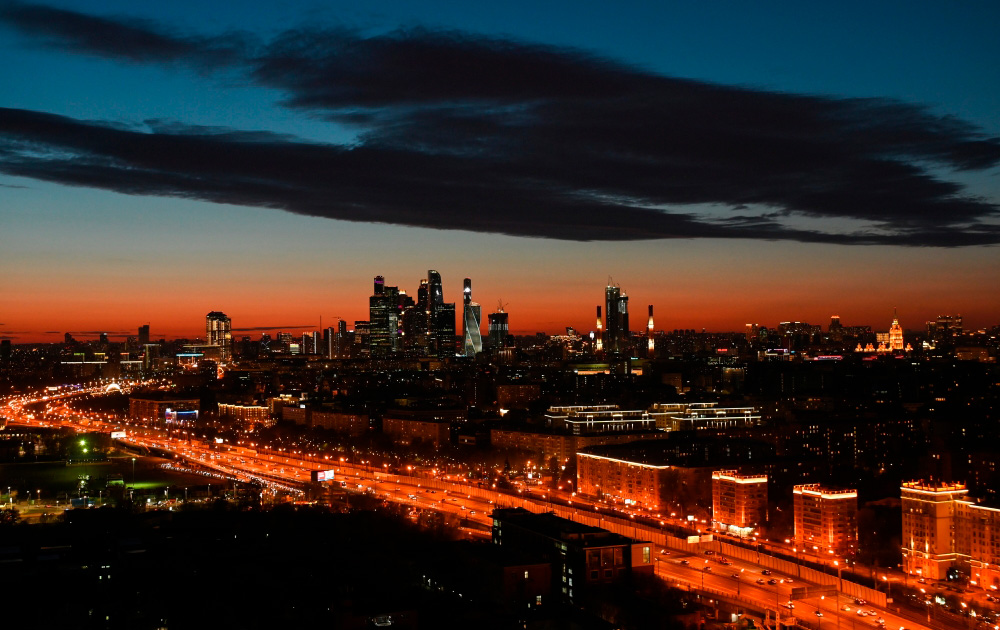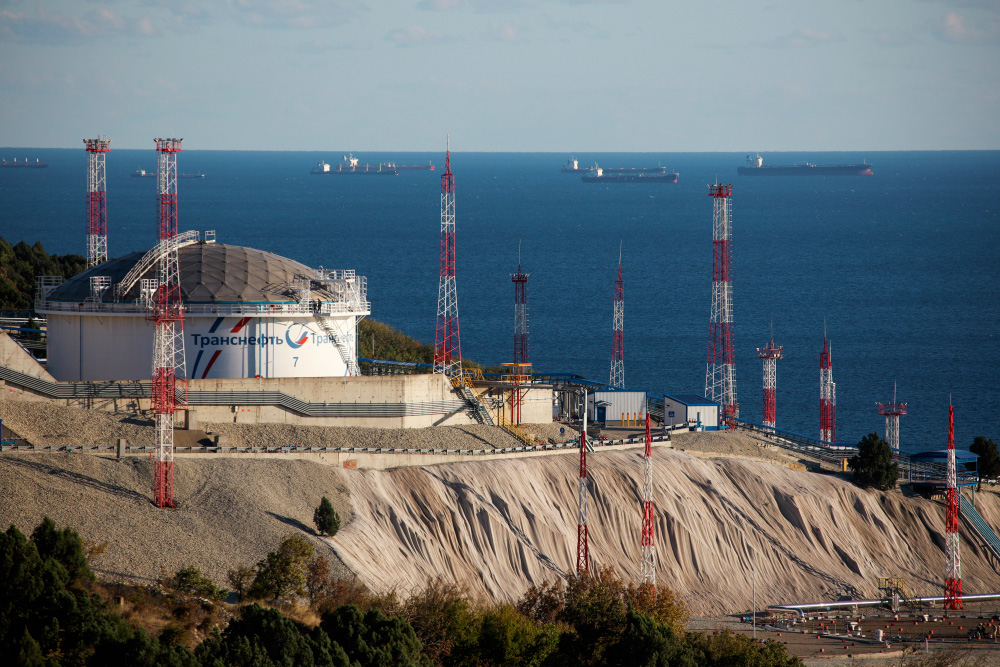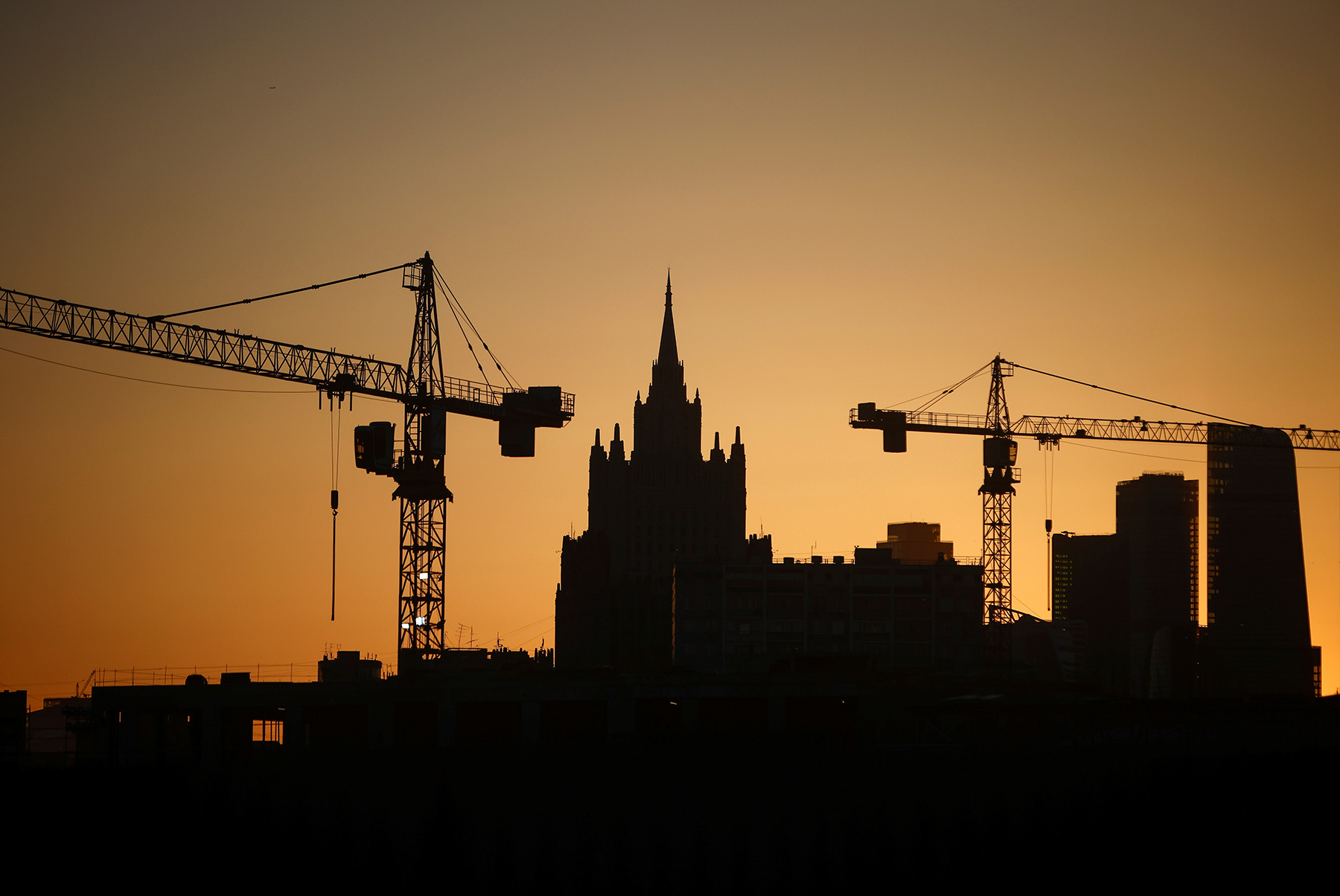The “sanctions tsunami” against Russia is rightly considered unprecedented since the end of the Cold War. Strictly speaking, it is very difficult to find a suitable analogue of the current situation even in earlier periods. Despite the fact that the sanctions’ target is a major nuclear power, such a consolidated pressure from a coalition of almost fifty states, which account for more than 60% of the world’s GDP, clearly defies the usual stereotypes. Almost all known instruments of sanctions are being used against Russia, including blocking sanctions, trade restrictions, transport bans, and even such exotic measure as an oil price cap. In addition, all these measures were introduced in a record-breaking period of time by historical standards—they hit Russia within a matter of months. 2022 will go down in the history of political economics and international relations as the year of “big sanctions” and will certainly be studied as a special and unique case. But is the “sanctions tsunami” of 2022 so unique? The accumulated literature on the topic of sanctions suggests that in the unique situation of 2022, a number of regular and already-known plots can be traced.
Of course, 2022 has also revealed a number of new factors. These include large-scale corporate boycotts, which manifested themselves in the withdrawal of hundreds of Western companies from Russia, even in areas that were not formally affected by the sanctions. A major psychological role in the behaviour of Russia’s counterparties in both friendly and unfriendly countries is played by the threat of secondary sanctions and criminal prosecution for circumventing sanctions. Even here, however, only the scale can be considered new. The excessive enforcement of the sanctions legislation, the fear of secondary sanctions and coercive measures were known from the Iranian case. Corporate boycotts were traced in connection with the Xinjiang Uygur Autonomous Region, although, of course, not to the same extent.
All things considered, we can talk about the relative novelty of the sanctions in terms of the number and intensity of the measures applied. However, for a number of qualitative characteristics, they contain patterns that have been well studied in the past. Time will tell how much quantitative changes can affect qualitative patterns.
The “sanctions tsunami” against Russia is rightly considered unprecedented since the end of the Cold War. Strictly speaking, it is very difficult to find a suitable analogue of the current situation even in earlier periods. Despite the fact that the sanctions’ target is a major nuclear power, such a consolidated pressure from a coalition of almost fifty states, which account for more than 60% of the world’s GDP, clearly defies the usual stereotypes. Almost all known instruments of sanctions are being used against Russia, including blocking sanctions, trade restrictions, transport bans, and even such exotic measure as an oil price cap. In addition, all these measures were introduced in a record-breaking period of time by historical standards—they hit Russia within a matter of months. 2022 will go down in the history of political economics and international relations as the year of “big sanctions” and will certainly be studied as a special and unique case. But is the “sanctions tsunami” of 2022 so unique? The accumulated literature on the topic of sanctions suggests that in the unique situation of 2022, a number of regular and already-known plots can be traced.
The first plot is the impact of sanctions on the political course of the target country. The key goal of sanctions is to inflict enough economic damage on the target country to force it to change course, abandoning one which is unacceptable to the initiators. This approach to sanctions has long become canonical. The understanding that in the overwhelming majority of cases, this goal remains unrealised has also become canonical. It is especially difficult to implement such sanctions when it comes to using them against a more or less major power, relations with which are of a confrontational nature, and the subject of contradictions is a matter of principle for both sides. A considerable amount of previous experience confirms this assumption. Sanctions against Iran have caused enormous damage to the country. In 2015, after the “Iranian nuclear deal” was struck, it seemed that the sanctions had achieved their goal—in exchange for their elimination, Iran stopped the military nuclear programme. After three years, however, the United States was the first to withdraw from the “deal”, returning the sanctions in full. US President Donald Trump motivated the return of sanctions by saying that, in fact, Iran has not abandoned other areas of its policy—the missile programme, support for forces hostile to the United States abroad, violations of human rights, and the development of a nuclear programme as such. Sanctions should only be lifted if Iran accepts the full list of US demands. It is symptomatic that Democratic President George Biden never returned to the “deal”, although the Democrats considered it an achievement of President Obama’s foreign policy. Moreover, Biden did not lift additional Trump sanctions imposed by him after leaving the “deal”. But Iran does not abandon its course either in foreign or domestic policy.
The North Korean example is very illustrative, too. Possessing fewer resources compared to Iran, the DPRK managed to achieve its goals in the nuclear and missile sphere, even despite the sanctions pressure of the entire international community represented by the UN and the unilateral sanctions of individual powers. One can make allowances for the specifics of the North Korean political system, economy and organisation of society as much as one likes. However, the sanctions did not lead to a change in political course there either.
If sanctions do not work in relatively small powers such as Iran and North Korea, then one can hardly expect them to influence China’s political activity. Since the end of the Cold War, Western sanctions on China have gradually faded away. However, after Donald Trump came to power in the United States, sanctions against China began to return to the agenda. The US has imposed restrictions on the Chinese high-tech sector, as well as targeted sanctions against officials in connection with human rights issues in the Xinjiang Uygur Autonomous Region and Hong Kong. Of course, the PRC has not changed its policy in any area of importance.
Russia’s own experience suggests that, historically, sanctions have not changed the country’s political behaviour. The Soviet Union has been subject to extensive restrictions throughout almost its entire history, although their intensity has varied over time. The USSR collapsed amid an easing, not a tightening sanctions. An attempt to influence Russia with sanctions backfired in the 2010s as well. With regard to Ukraine, Moscow’s policy only became tougher. The fact that the “sanctions tsunami” does not change Russia’s course of action is a pattern, not an exception.
The second story is the damage from sanctions. The initiating countries are aware of the limited impact of sanctions on political behaviour, but continue to impose them in an attempt to curb the military and economic development of the target country. In almost all cases, sanctions are damaging. In the case of Iran, Iraq, North Korea and Venezuela, they led to colossal economic and humanitarian losses. Sanctions also harm China’s growth rate, although the sheer size of the economy and its growth rate reduce the effects of the sanctions. At the same time, efforts by target countries to adapt to sanctions regimes follow typical patterns. Iran and North Korea have managed to build viable economic survival models, albeit not comparable to the efficiency of those who do not live under sanctions. Restrictions against China in the field of high technology have stimulated an increase of development of its own industry and technological base. Russia’s behaviour amid the “sanctions tsunami” has also turned out to be proactive. Despite the severity of the blow, the government managed to mitigate its effects and create prerequisites for further adaptation. In other words, both damage and adaptation are also typical. In order to maximise damage, the initiating countries can unite in coalitions. The experience of sanctions against Iran and North Korea revealed the high level of influence of such coalitions. There is also a powerful coalition with regard to Russia, although not as impressive as in the cases mentioned. The actions of the initiating countries in this case are also typical.
The third issue is the role of “black knights”. They are understood as third countries that, for one reason or another, do not join the coalition of the initiating countries. They can provide support to the target country, pursuing their political goals. “Black knights” showed themselves in full growth during the Cold War. The Soviet Union and, up to a certain point, China effectively softened sanctions strikes against countries such as Cuba or Vietnam. During the period of unipolarity, the role of the “black knights” has been less noticeable, but has not completely disappeared. So, Russia played a similar role in the context of the US arms embargo against China, by supplying China with modern weapons. Russia has become an equally reliable supplier for India, since the end of a short period of US sanctions in response to nuclear tests. Under the current sanctions, the “black knights” are in no hurry to advertise their role. Now they are guided more by pragmatic rather than ideological interests. However, countries such as Turkey, India, China and Iran have, to varying degrees, allowed Russia to diversify its external ties despite sanctions. Trade with them has increased significantly. As US-Chinese contradictions deepen, Beijing’s role as a “black knight” may increase. “Black knights” are typical of the history of sanctions, although their patterns of behaviour may differ.
Of course, 2022 has also revealed a number of new factors. These include large-scale corporate boycotts, which manifested themselves in the withdrawal of hundreds of Western companies from Russia, even in areas that were not formally affected by the sanctions. A major psychological role in the behaviour of Russia’s counterparties in both friendly and unfriendly countries is played by the threat of secondary sanctions and criminal prosecution for circumventing sanctions. Even here, however, only the scale can be considered new. The excessive enforcement of the sanctions legislation, the fear of secondary sanctions and coercive measures were known from the Iranian case. Corporate boycotts were traced in connection with the Xinjiang Uygur Autonomous Region, although, of course, not to the same extent.
All things considered, we can talk about the relative novelty of the sanctions in terms of the number and intensity of the measures applied. However, for a number of qualitative characteristics, they contain patterns that have been well studied in the past. Time will tell how much quantitative changes can affect qualitative patterns.
First published in the Valdai Discussion Club.







